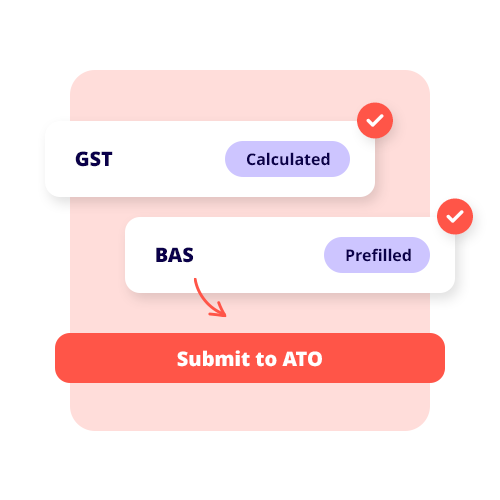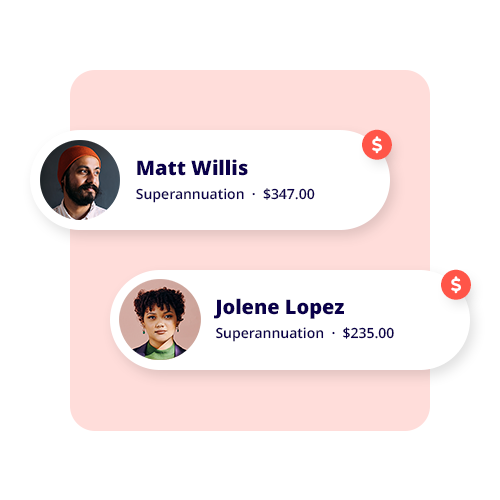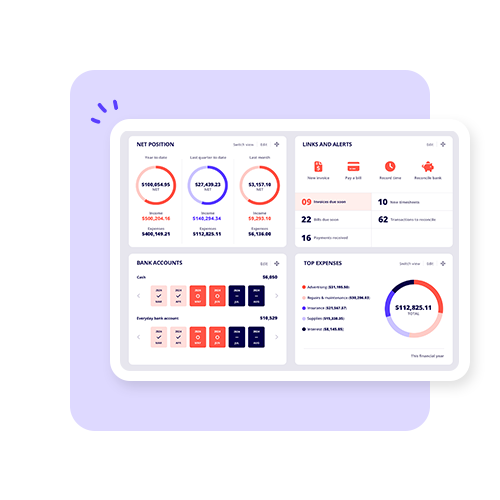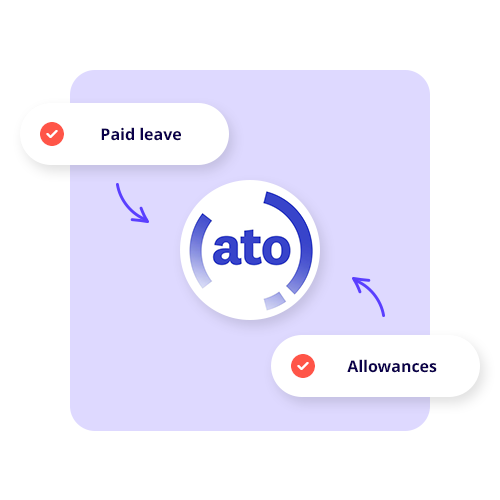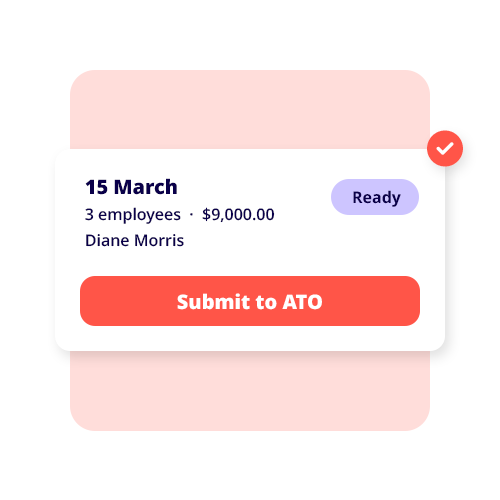Value-added tax (VAT) is a tax applied/levied on the value of goods and services. It is a consumption tax system used worldwide for governments to raise revenue. As of 2020, over 160 countries employ a VAT tax type system.
Sales tax system vs VAT system
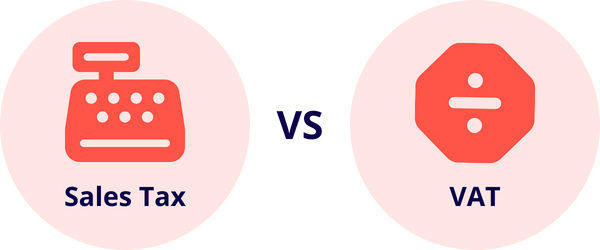
The main difference between the sales tax and VAT systems is that sales tax is applied to the end product and charged to the final consumer, whereas VAT is collected at different points of the supply chain/production process.
For example, the United States does not have a VAT system but employs various tax systems, such as a sales tax, to capture government revenue. In this example, we will see that the costs that go into the production and supply of a good or service will go untaxed until the end user or consumer purchases the good or service. In the US, each state has a different rate of sales tax, and it is not a federal tax.
In Australia, our VAT system is called the Goods and Services Tax (GST), levied at various production points. While GST is paid at different points of supply and production, businesses only collect GST. Depending on how much GST they have received or paid, they may receive a credit or pay more on their Business Activity Statement. Ultimately, the consumer pays the tax.
VAT system in Australia
GST is one of the Federal government’s primary revenue-raising policies.
Goods and Services Tax (GST)
GST (link) in Australia is calculated at 10% of the cost of the good or service sold. To calculate the GST on an item, you multiply the value of the cost of the good or service by 1.1. Or if you are trying to figure out the amount of GST on an item, you divide the entire price (GST inclusive) by 11.
Let’s look at an example like a $100 keyboard and find both the inclusive and exclusive:
Inclusive price:
- $100 x 1.1 =
- = $110 total price
- $10 GST component
Exclusive price:
- $100 / 11 =
- = $9.09 GST component
- = 90.91 GST exclusive price
Pros and cons of consumption tax
Value-added tax as a tax system has both pros and cons in its implementation.
Pros
Having a value-added tax system in place allows for a number of benefits to a country. Federal, state, and local governments use VAT to minimise tax loopholes affecting government revenue. Here are just a few countries that use VAT:
- Australia
- Canada
- Countries part of the European union
- United Kingdom
- Russia
- China
When a transaction occurs, the government extracts value from that transaction and collects VAT based on the value of the goods and services exchanged.
By extracting value from transactions with a flat tax, the revenue gathered is then dispersed to maintain government services and fund new projects and initiatives.
Cons
The main con to value-added tax is that the tax burden rests on the consumer, not the business that pays it. For example, if we were to look at a business registered for GST and charging GST on their goods and services sold, the company would only withhold the tax to release once a Business Activity Statement is completed. The consumer is not reimbursed at any stage.
VAT is criticised because it affects lower-income earners more and can be considered an indirect tax levied on them.
VAT exemptions and VAT refunds
When a value-added tax system is implemented, there are usually a few exemptions. For instance, in Australia, there are many GST-free items, and if a business pays more GST than it collects, it is entitled to a GST refund, which would be considered a VAT refund or VAT return.
Like in many countries that employ VAT, in Australia, these are just a few goods and services that are GST-free:
- Some healthcare services
- some educational services
- international mail
- raw materials
What VAT means for Australian businesses
Businesses need to consider VAT depending on the country in which they operate. In Australia, businesses earning $75,000 or more over 12 months in a fiscal year must register for GST. This is part of Australia’s value-added tax registration threshold.
If your business also operates in another country that employs VAT, you must look into what tax obligations are involved in your operations. For example, VAT rates differ from country to country. In Australia, GST is a flat 10%, whereas in the United Kingdom, the VAT rate is 20%
When operating your business, you must have accounting software that properly records your income to meet your tax obligations. If you are looking to expand overseas, the ATO has resources for businesses that are looking into their obligations regarding GST and international tax systems.

























